4 Tips for More Inclusive Web Design
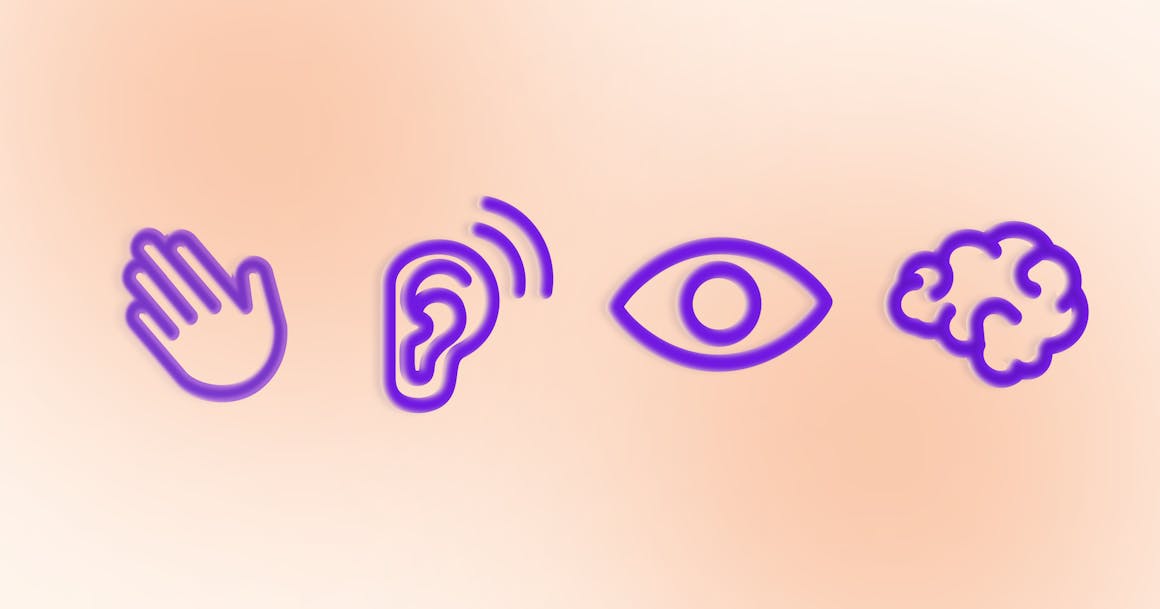

Ready to see AudioEye in action?
Watch Demo
Learn how inclusive design choices can make your website accessible to people with disabilities.
When it comes to digital accessibility, there’s a common misconception that accessible design only solves for a small group of people.
That isn’t true. In fact, people with disabilities are the largest minority group in the world. According to the World Health Organization, an estimated 1.3 billion people — or 1 in 6 people worldwide — live with some type of disability.
What does that mean for your organization?
No matter your industry or company size, you can’t afford to ignore digital accessibility. It isn’t just the right thing to do, or a way to protect your organization from the risk of legal action. It’s also good business.
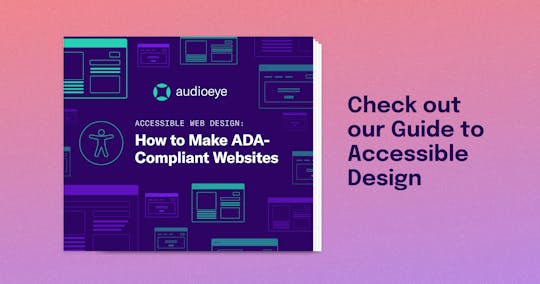
Download our free guide that covers everything from link accessibility to image alt text.
Get Free Guide
An easy starting point is to test your website’s accessibility against widely used standards like the Web Content Accessibility Guidelines (WCAG).
Doing so can help you identify accessibility issues on your site — and provide a plan of attack moving forward.
However, there are additional steps you can take that won’t be uncovered by an automated scan — but are crucial to delivering an accessible browsing experience to everyone who visits your site.
Here are four tips to help you create a more inclusive website:
1. Be Descriptive With Every Header and Link
Using accessible language is critical for accessibility, whether you’re writing header copy for a web page or choosing which part of a sentence to hyperlink.
In a recent post, A11iance Advocate Charles Hiser shared how screen reader users typically navigate a website.
According to Charles, many screen readers will go through the entire page on their first visit, using their keyboard to jump between HTML headers and get a sense of what each section covers.
If your headers aren’t descriptive — or if you don’t use headers to separate ideas and break up large sections of text — it can be hard for a screen reader user to skim your page and decide if they want to read more.
The same holds true for links.
Descriptive links help users understand where clicking the link will take them. Screen reader users often navigate websites and emails by going from link to link, so providing links that make sense is an important part of the user experience.
For example, an inline link like “To reach out, click here.” can leave screen reader users wondering where exactly they’ll be taken. Instead, try writing “To reach out, visit our contact page.”
Finally, descriptive text can help support comprehension for people with cognitive or memory impairments.
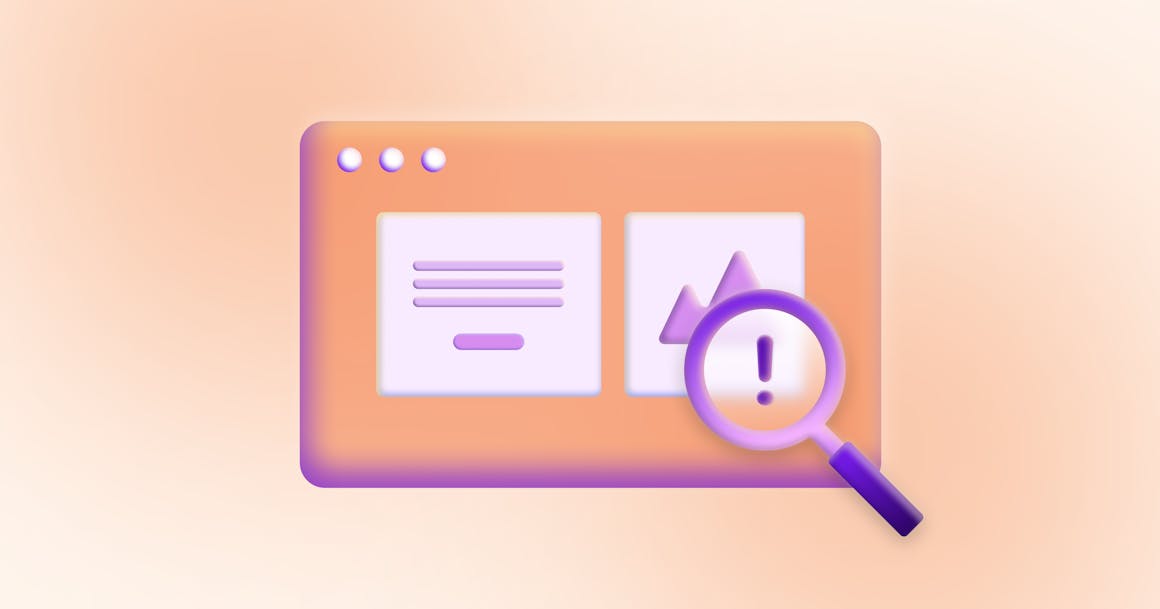
2. Aim for Inclusive Imagery
When it comes to inclusive design, stock photographers can be a challenge. For many designers, there’s always concern over whether the images they choose are diverse or inclusive enough.
Fortunately, most stock photo sites have plenty of options — Pexels (free) and Envato Elements (paid) both have a decent selection — but it’s still something for designers to keep in mind of as they lay out pages.
So how do you strike the right balance?
As a best practice, your website’s imagery should be reflective of your audience. Plenty of large brands go through this exercise all the time, auditing their site’s creative to ensure that each segment is fairly represented. But even if you don’t have this level of insight into your audience, you can still make an effort to be more diverse in your creative choices.
And if you’re going to add any image to your site — make sure that your alt text is descriptive enough for people who cannot perceive images visually.
3. Give People Multiple Ways To Get in Touch
In today’s digital world, most organizations rely on their website as a primary way to connect with new and existing customers. You want people to be able to easily contact your business, whether they want to book an appointment, place an order, or get more information about your products or services.
However, it’s important to remember that not everyone has the same level of ability or preference for communication.
For that reason, you should provide multiple contact options on your website. Don’t just list a phone number for your business, as deaf and hard of hearing people cannot hear well on the phone. Offer other ways to get in touch, like email, live webchat, or online forms.
4. Let People Know What Steps You’re Taking
You’re taking steps to make your content accessible to everyone. Now how do you let people know?
An Accessibility Statement helps demonstrate your commitment to inclusive design. By providing your users with essential information about your accessibility strategy, you let them know what to expect — and what steps they can take if they find an issue with your online content.
Need help writing an accessibility statement? Here is some key information to include in your statement, according to the World Wide Web Consortium (W3C).
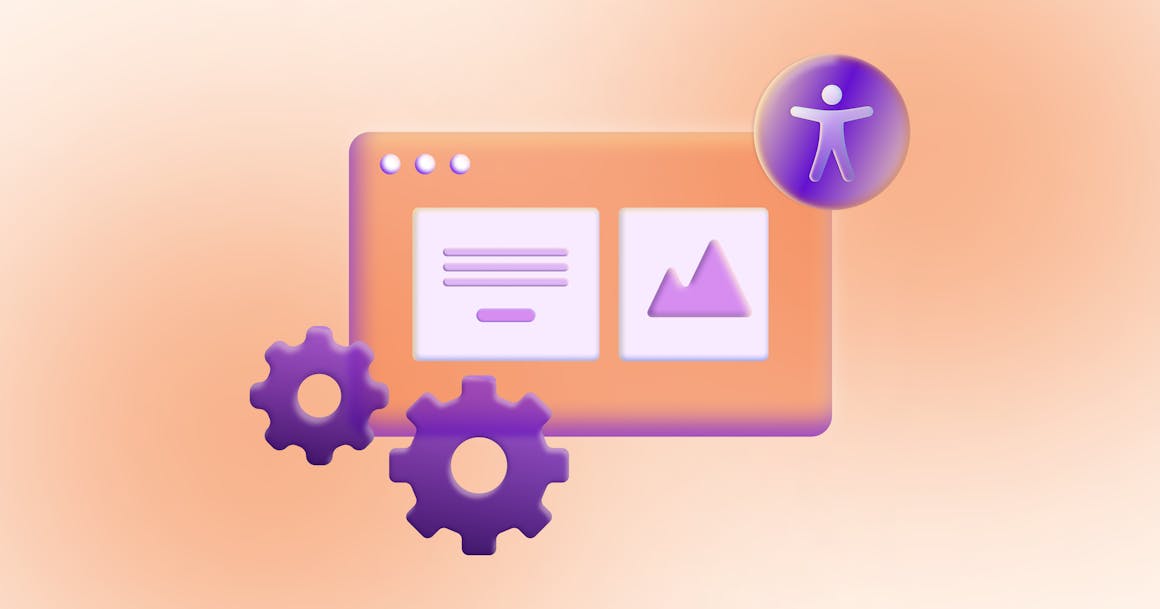
Take the Next Step Toward a More Accessible Website
Promoting digital accessibility is essential for any organizations looking to ensure that everyone has equal access to their products and services. By using accessible language, making inclusive design choices, and offering multiple options, you can create a more welcoming environment for every website visitor.
Want to see where your website stands today? Check any URL against the latest WCAG standards using AudioEye’s free Website Accessibility Checker.
Ready to see AudioEye in action?
Watch Demo
Ready to test your website for accessibility?
Share post
Topics:
Keep Reading

4 Ways Healthcare Digitization Improves the Patient Experience
Discover how healthcare digitization improves patient experiences through streamlined processes, telemedicine, digital medical records, and accessibility. Learn why modernizing care with technology is essential for today’s healthcare providers.
accessibility
December 06, 2024

How to Test a Website for Accessibility: Quick Test Guide
Testing your website for accessibility doesn't have to be overwhelming. Discover quick ways to test your digital content for accessibility in this quick test guide.
accessibility
December 02, 2024
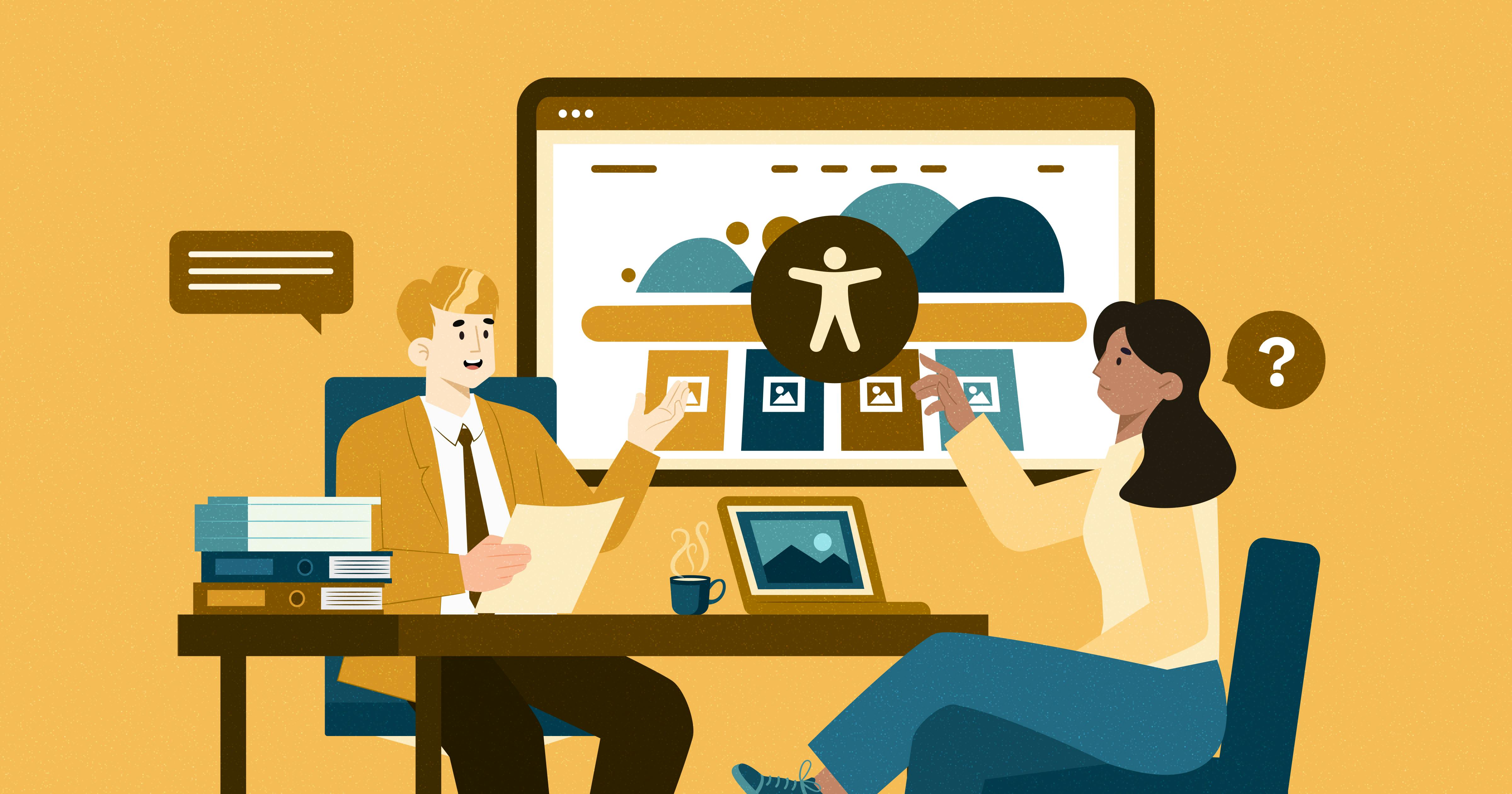
Web Accessibility Consultants: How the Human + Automation Approach Affords Maximum Protection
Regular web accessibility consultants help with remediation, compliance and legal challenges. Find out how AudioEye's approach goes a step beyond.
accessibility
November 29, 2024
